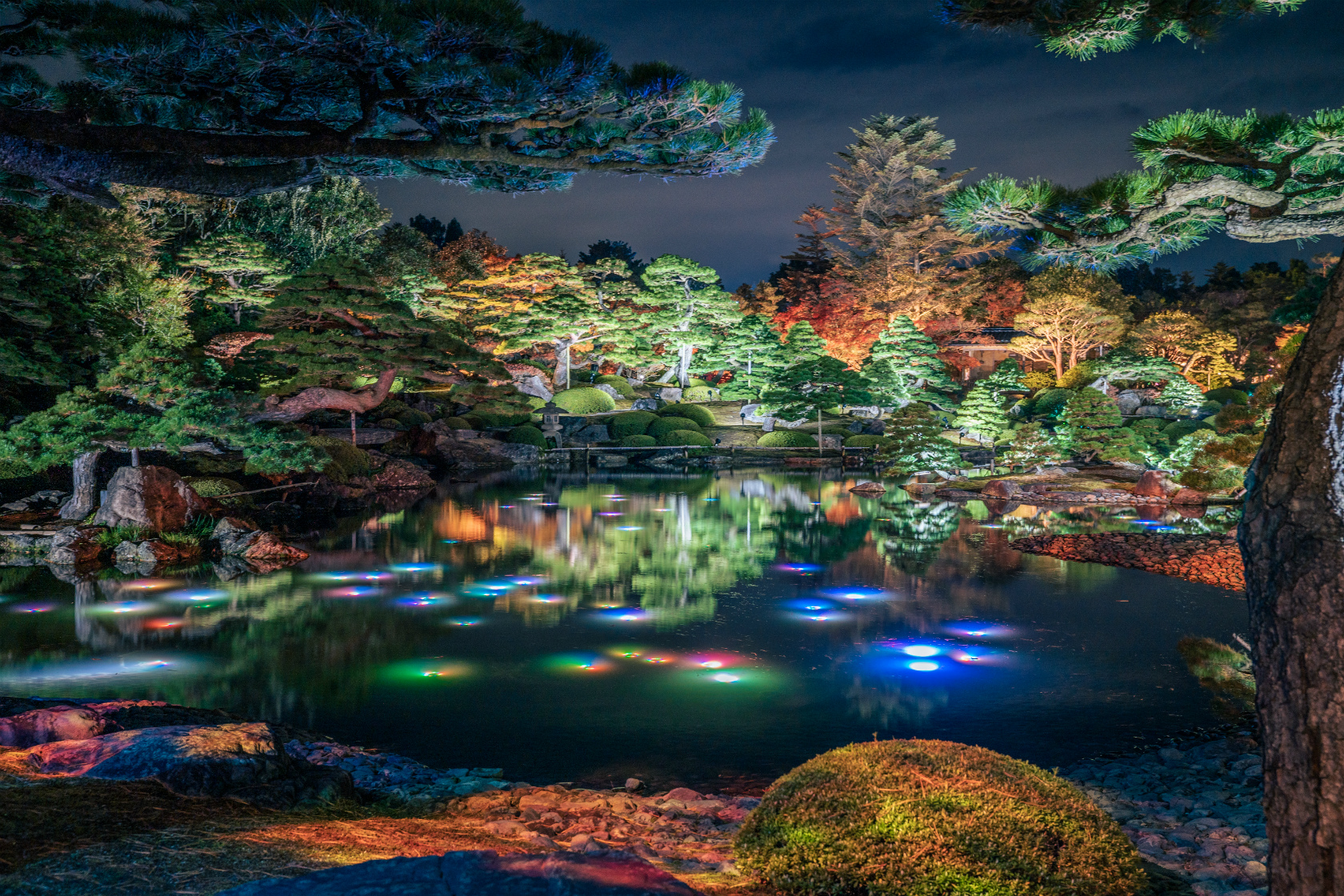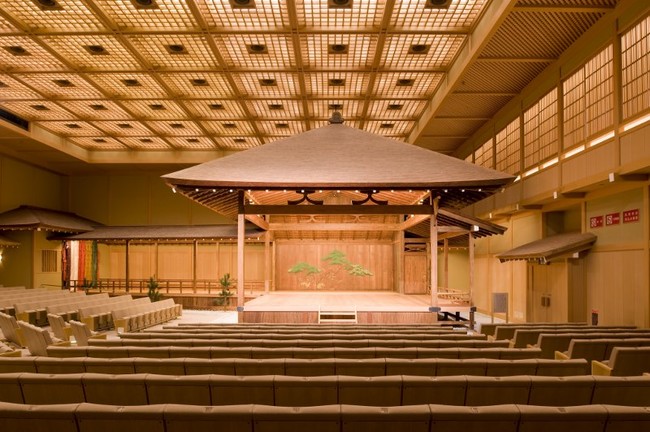Hotel Gajoen Tokyo, a museum hotel of Japanese beauty, will hold a graceful Kyoto dance performance ‘Kyo no Miyabi – The World of Gion Koubu Gei’ by geiko and maiko from Gion Koubu, a flower town in Kyoto full of emotion, on 11 February 2025 (Tuesday, holiday) for one day only.
Gion Koubu is located in Gion-cho, which has flourished since the Kan’ei era as the gate town of Yasaka Shrine and is the largest hanamachi in Kyoto. The Miyako Odori, a spring performance that has been going on since 1872, and the Onnaikai, in which geiko and maiko weave their way through Kyoto in the brocade autumn, are poems that showcase the essence of Kyoto style dance. In this special one-day event at the Hotel Gajoen Tokyo, the hotel chef will prepare a delicious meal after the performance, and the geiko and maiko will greet guests at their seats.
This is a rare opportunity to not only enjoy a performance similar to that of the Gion Koubu Uta Dance Theater, but also to spend time in Kyoto’s Hanamachi district, known for its ‘no first-time visitors’ policy, as if you were playing in a tatami room.
The Elegance of Kyoto - The World of Gion Koubu Gei - Overview.
| Period: |
11 February 2025 (Tuesday, public holiday) *Only available for one day. |
| Price: |
¥26,000 (incl. tax and service charge) |
| Includes: |
Performances by Geiko and Maiko of Gion Koubu / Dining (Japanese, Chinese and Western cuisine) / Free flow |
>Further information.

Recommendations for enjoyment
Enjoy Kyoto Dance up close and personal

The performance venue is the 26 m deep banquet room Maifan. Unlike a performance in a singing and dancing hall, the maximum capacity is around 300 people, and the Kyomai is a spectacular sight to behold at a distance where you can see the expressions on the stage even from the back row.
Enjoy the traditional beauty of Japan

The costumes are masterpieces of Kyoto yuzen and nishijin weaving. The Maiko costumes in particular are praised as ‘walking works of art’. The costumes are a masterpiece of traditional Japanese craftsmanship and include the darari no obi, a 6′ to 7′ (5.4 m) long obi tied only by Kyoto maiko, and hana-kanzashi, floral ornaments in the shape of seasonal flowers.
Hospitality by geiko and maiko
After the performance, a meal prepared by the hotel chef will be served in the same room. Geiko and Maiko will visit your table to greet you. Enjoy a rare experience similar to a teahouse experience in Kyoto’s Hanamachi district, known for its “no first-time visitors” culture.
What is Gion Koubu?
Gion Koubu, which preserves the traditions of the past in Gion-cho, which has flourished as the town in front of the Gion Shrine (Yasaka Shrine) since the Kan’ei era, runs the Miyako Odori in spring and the Onnaikai in autumn, and also works to preserve the Gion Koubu Utamai Nerijo, where performances are held, and promote traditional Kyoto performing arts, including the Inoue style of Kyoto dance.








































